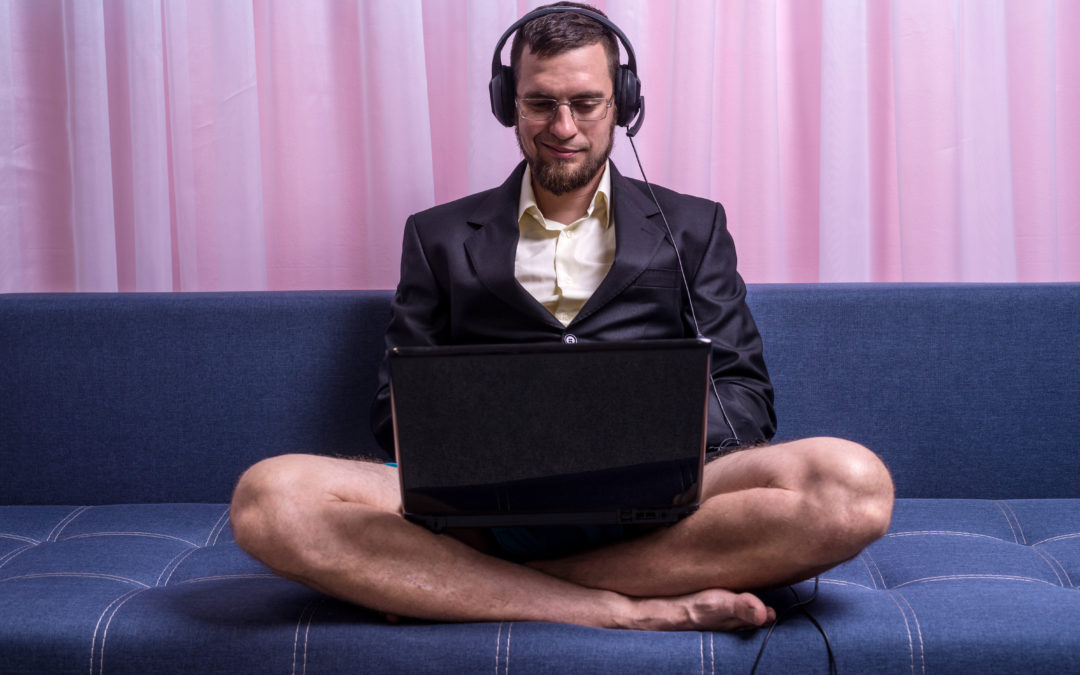Work from home advocates have been making significant progress for years, enabled by better internet connections, improved network technology, video conferencing and much more portable computer equipment. None of those pro-remote worker advocates could have foreseen COVID-19, but the affects a pandemic like this would have on their cause was predictable.
That doesn’t mean there aren’t still plenty of detractors, especially now that we’re nearly half a year into the experiment and some cracks are certainly showing. Working from home or working wherever the Wi-Fi is strong does not appeal to everyone in the current workforce, and it’s not a good fit for every worker or every business. As with most things, there are decidedly mixed feelings about it.
Generation Z and younger Millennials have never known a time when personal computers weren’t a common fixture in most household (computers were in 89 percent of American households by 2016). Some Gen Z workers may not even clearly remember the times before smartphones. (Internet-ready cellphones started proliferating in the early 2000s, and the first iPhone that really finalized the transition into smartphone domination was released in 2007.)
These two younger generations tend to excel at adopting the latest technological tools, but older generations, such as Baby Boomers and even some Gen Xers, sometimes find it a little harder to keep up with all the shifts and changes. This is especially true for many workers nearing retirement.
It’s very possible that the formerly optional remote work perks will become the norm for some industries and businesses in years to come – even after COVID-19 has dissipated. There’s no telling how long that could take and what working conditions will look like once it does.
Here are three potential scenarios for older generational cohort workers.
Option 1: Delayed retirement.
Many Baby Boomers are at or near retirement now, so one possibility is that the pivot towards remote work will allow them to prolong their careers and slowly ease into retirement. This will allow them to accrue a few more years of income and put more away for their eventual retirement.
A report compiled by the U.S. Government Accountability Office reveals that 48 percent of households with individuals 55 years or older have no retirement savings. For those people, working is a necessity rather than preference.
Many businesses are reducing the number of in-person meetings required of employees and have turned to services like Zoom, Google Meeting and Skype to replace the formerly in-person daily or weekly briefs.
The necessity of having to be in the office all the time is decreasing, which means older workers with inadequate savings can potentially enjoy a semi-retirement where they keep up with their work responsibilities without needing to be in an office fulltime.
Option 2: Consulting versus full retirement.
Losing institutional knowledge and experience to retirement can be a significant blow in some industries. Another possibility is that some of the elders of the current workforce will decide to transition into more of a consulting role rather than fully retire. They will function more as on-call contract workers.
According to Forbes, one of the major business trends to watch for throughout 2020 is the transition from utilizing full-time employees to part-time, contract positions (including consulting services) and remote freelancers.
There’s a lot of debate over the ethics of utilizing gig workers and the long-term effects it will have on the workforce. Regardless of your personal position, the use of gig workers by SMBs will continue to grow – which may be good news for soon-to-be retirees who need supplemental income.
Option 3: Accelerated retirement plans.
The transition to fully remote or partially remote work could push some Baby Boomers into earlier retirement than they had planned. These workers may lack the technical acumen or motivation to change their mindset and practices since they have one foot out the door already. This scenario is especially likely for those who are financially stable and have more than enough money saved up for retirement.
Many of these workers are grandparents or perhaps soon-to-be grandparents, so the possibility of leaving an uncertain working future behind could be very appealing.
The Best of Both Worlds
The coworking spaces at MAC6 can be an ideal solution for a lot of different businesses and workers who are seeking both stability and flexibility with their work environments. SMBs or even large companies that want to save money on office space can get a high-quality, flexible workplace solution for a fraction of what they’d pay for leasing suites in a commercial space.
Workers who feel more productive in an office or need to escape at-home distractions to concentrate can thrive in a quiet, orderly and clean coworking space.
Let’s be honest – remote work isn’t the right option for everyone, and the challenges aren’t unique to Baby Boomers. The coworking desks, offices and spaces available for remote workers at MAC6 offers an alternative that straddles the line between office and remote. Businesses that utilize MAC6’s Tempe coworking offices will enjoy all the benefits of a cutting-edge commercial space without the overhead drawbacks.
Contact us today at (602) 837-2664 to schedule a tour or to ask any questions you may have.

